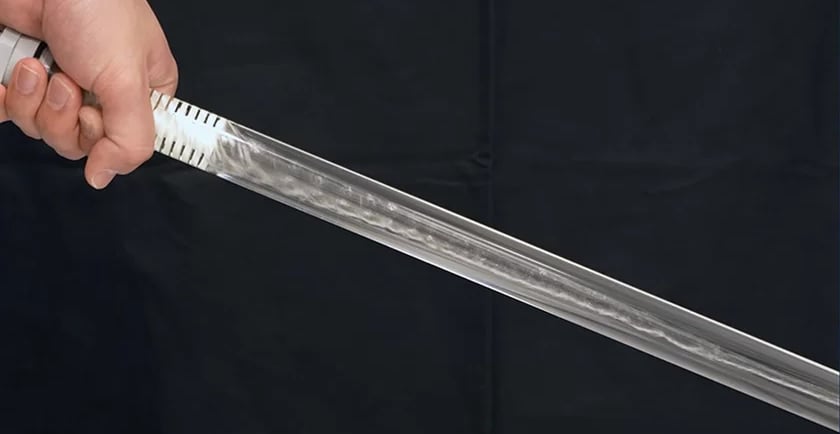Validating Ultrafine Bubbles with a low-cost generator
How NanoWash supports validation of the technology before any pilot test
7/15/20252 min read


NanoWash: A Practical Tool for Ultra-Fine Bubble (UFB) Validation
Ultra-fine bubble (UFB) technology holds immense promise across diverse industrial sectors, from agriculture and aquaculture to chemical processing and wastewater treatment. While its theoretical benefits are well-established in labs, many professionals hesitate when it comes to real-world implementation. The main hurdle usually is the significant cost for initial validation of UFBs.
Designed for Accessibility and Performance
This is where NanoWash comes in. Originally designed for domestic use, it offers a pragmatic solution for early-stage UFB validation. NanoWash is compatible with standard tap connections (G1/2" or G3/4") and is optimized for typical household conditions: standard pressure, moderate flow, ambient temperatures, usual dissolved oxygen (DO) and suspended solids (SS) levels, and mild environments.
By narrowing its operational scope, we were able to eliminate unnecessary features and drastically reduce costs. But make no mistake, we haven't sacrificed UFB generation performance. Designed in Japan, a country where UFB technology has been widely adopted for over a decade, NanoWash leverages this deep expertise to deliver an impressive 180 million bubbles per milliliter, with an average bubble size of 100 nm. This UFB concentration is comparable to what you'd see from the most advanced (and far more expensive) industrial units.
The key difference? NanoWash uses durable plastic materials instead of costly stainless steel, and it doesn't include a gas injection feature. While stainless steel is essential for handling harsh chemicals, high temperatures, continuous heavy-duty operation, and corrosive environments, these aren't quite necessary for initial UFB validation. Similarly, if you need to experiment with aeration, a standard Venturi-type injector can be added before NanoWash to inject more air to the water.
Understanding NanoWash's Role
It's crucial to understand that NanoWash isn't a substitute for industrial-grade equipment. It's not built for continuous, high-pressure, high-temperature, corrosive environments. Its minimalist design, material choice and simple construction reflect its domestic focus. However, its robust UFB-generating performance under controlled conditions makes it an incredibly effective tool for feasibility assessments, prototype testing, and basic validation work.
Enabling diverse experiments
One of NanoWash's greatest strengths is its Plug&Play concept. Just connect it to any tap to produce UFB-water. No need to prepare an experimental setup with pump, inverter, power supply, flow meters and valves.
Want to inject more air to experiment with aeration systems? Just connect a standard Venturi nozzle before NanoWash, to inject air into the water stream before the UFB generation.
By allowing direct observation of UFB behaviour and impact in realistic, small-scale conditions, NanoWash empowers more informed decision-making. It accelerates understanding not just of the technology's benefits, but also its limitations and challenges.
A strategic entry point for UFB adoption
For teams looking to validate UFB technology before committing significant time and capital, NanoWash offers a easy, technically sound, accessible, and risk-mitigated entry point. It's not a replacement for industrial systems, but rather a strategic tool designed to support their future selection and successful implementation.
NanoWash enables practical, low-cost UFB experimentation using standard tap water and controlled parameters. For professionals seeking data-driven insights into UFB deployment within their operations, it represents a pragmatic first step in translating potential into performance.
